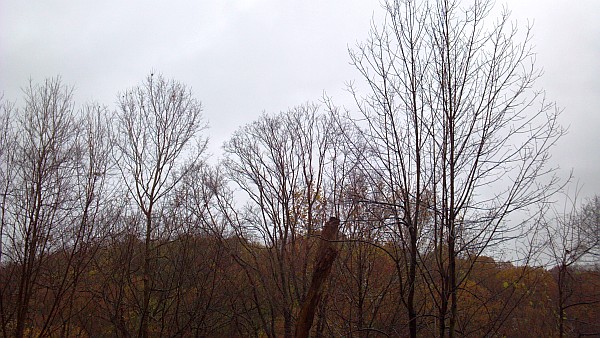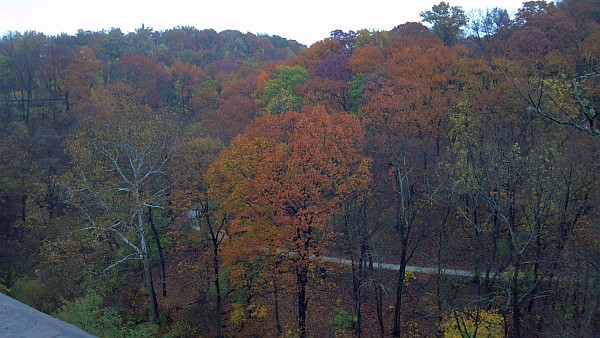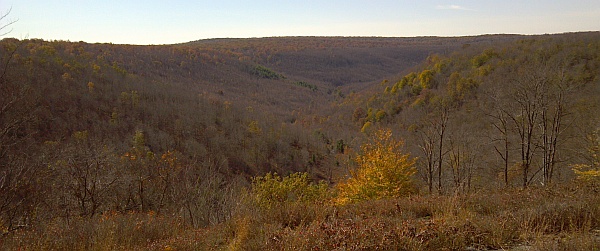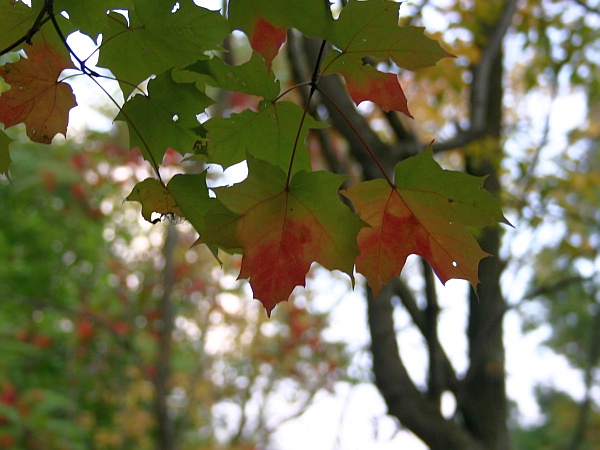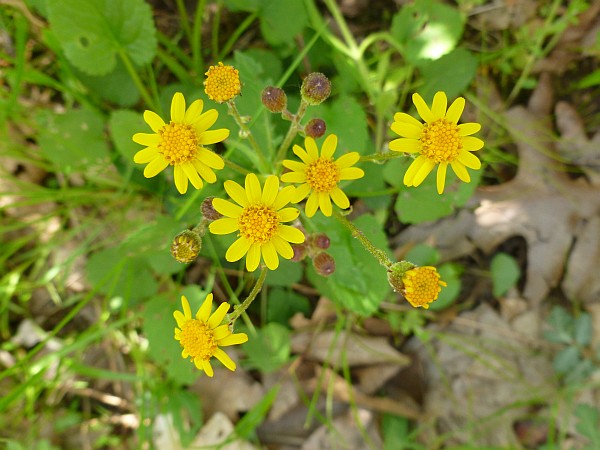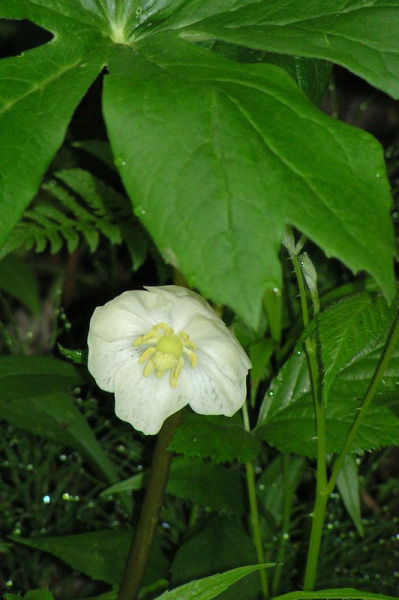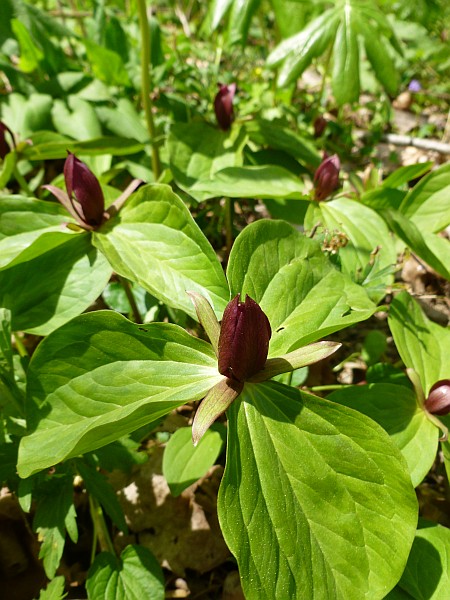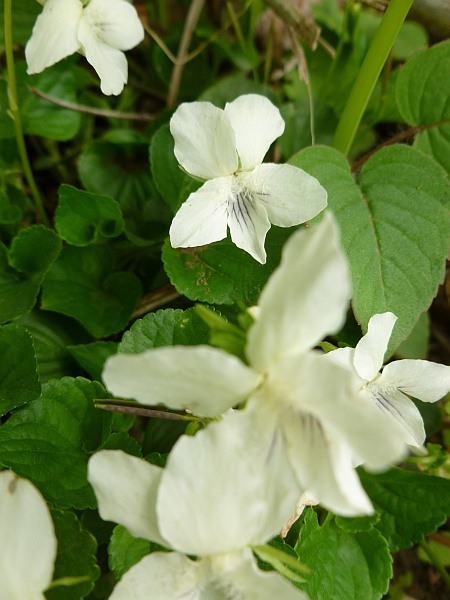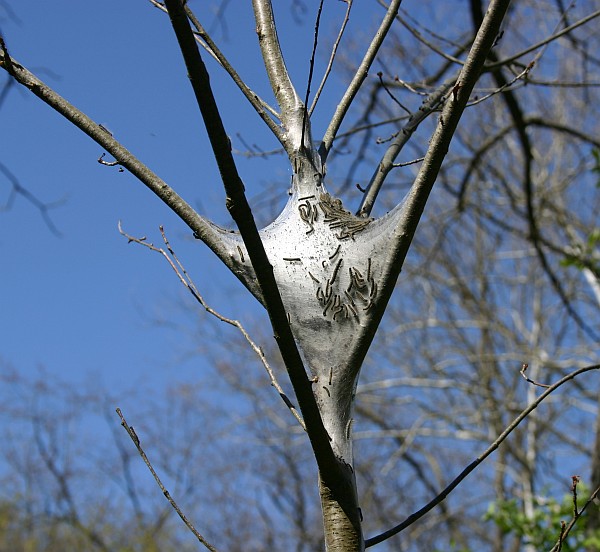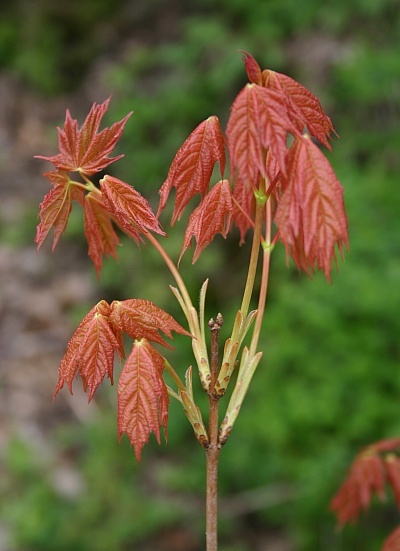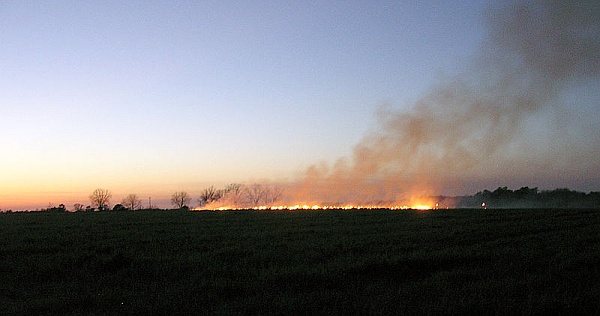Nature was busy and interesting in 2012. The weather was hot, stormy, dry, and sometimes wet. This brought exciting developments in the natural world.
Here’s a month-to-month roundup of my favorite high points with each photo linked to an article about the event. Some link to my blog, others link to information on the web that I didn’t point out at the time.
 January: Snowy owls were abundant in the northern U.S. into March. (photo by Shawn Collins)
January: Snowy owls were abundant in the northern U.S. into March. (photo by Shawn Collins)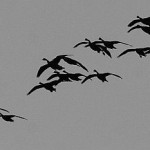 February: The warm winter prompted a massive Canada goose migration on February 27 in eastern Pennsylvania, New York State and Ontario. (photo by Chuck Tague)
February: The warm winter prompted a massive Canada goose migration on February 27 in eastern Pennsylvania, New York State and Ontario. (photo by Chuck Tague) March: Pittsburgh’s temperatures averaged 11.9 degrees above normal with some days 20 degrees above normal. Spring wildflowers bloomed 4-6 weeks early. (photo by Kate St. John)
March: Pittsburgh’s temperatures averaged 11.9 degrees above normal with some days 20 degrees above normal. Spring wildflowers bloomed 4-6 weeks early. (photo by Kate St. John) April: There was a mass migration of Red Admiral butterflies in mid-April. (photo from Wikimedia Commons)
April: There was a mass migration of Red Admiral butterflies in mid-April. (photo from Wikimedia Commons) May: Birds who wintered in the U.S. migrated early but the warblers were right on time. (photo by Bobby Greene)
May: Birds who wintered in the U.S. migrated early but the warblers were right on time. (photo by Bobby Greene) June: A new peregrine family was confirmed at Tarentum, PA when their nestlings appeared on the bridge. (photo by Steve Gosser)
June: A new peregrine family was confirmed at Tarentum, PA when their nestlings appeared on the bridge. (photo by Steve Gosser) July: Drought! (photo from NOAA NWS)
July: Drought! (photo from NOAA NWS) August: Every year I count nighthawks passing my home during their August migration. Every year there are fewer. Sadly, 2012 was no exception. (photo from Wikimedia Commons)
August: Every year I count nighthawks passing my home during their August migration. Every year there are fewer. Sadly, 2012 was no exception. (photo from Wikimedia Commons) September: Arctic sea ice at its lowest extent ever. (photo from NOAA)
September: Arctic sea ice at its lowest extent ever. (photo from NOAA) October: Hurricane Sandy brings unusual birds to western Pennsylvania. (photo by Jeff McDonald)
October: Hurricane Sandy brings unusual birds to western Pennsylvania. (photo by Jeff McDonald)
 November: A surprising number of western hummingbirds visit Pennsylvania: rufous, calliope, Allen’s (photo by Scott Kinsey)
November: A surprising number of western hummingbirds visit Pennsylvania: rufous, calliope, Allen’s (photo by Scott Kinsey) December: Evening grosbeaks visit Pennsylvania after decades of absence (photo by Marcy Cunkelman)
December: Evening grosbeaks visit Pennsylvania after decades of absence (photo by Marcy Cunkelman)
Happy New Year!
